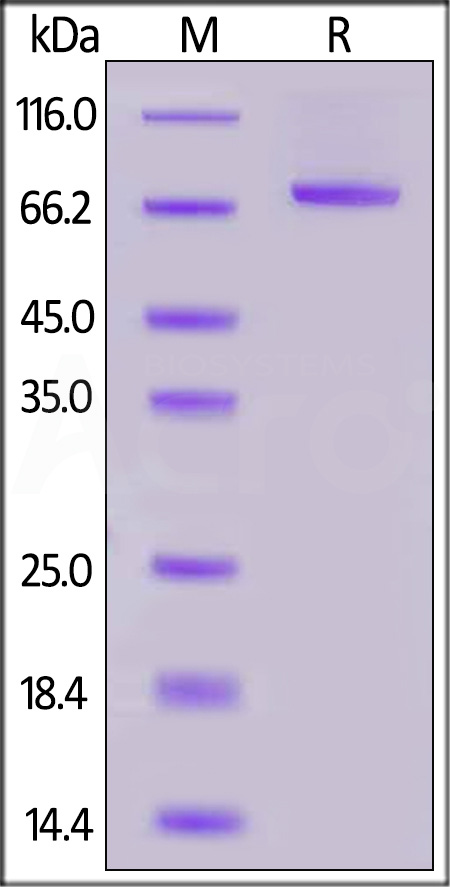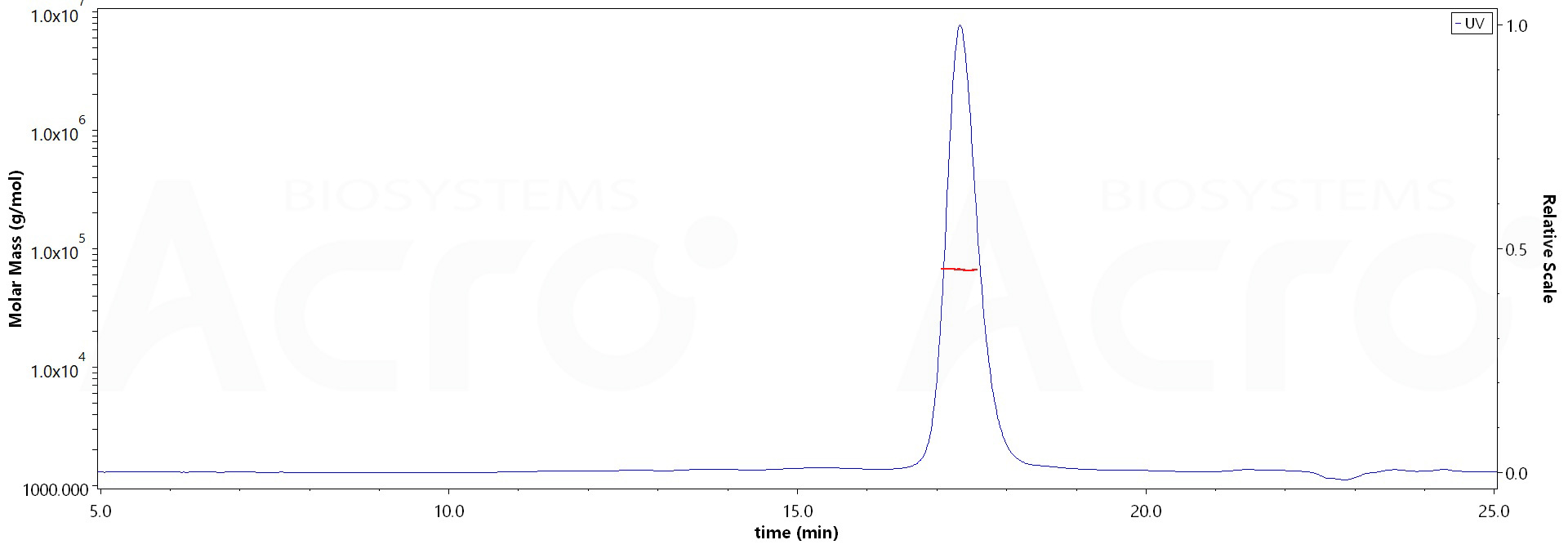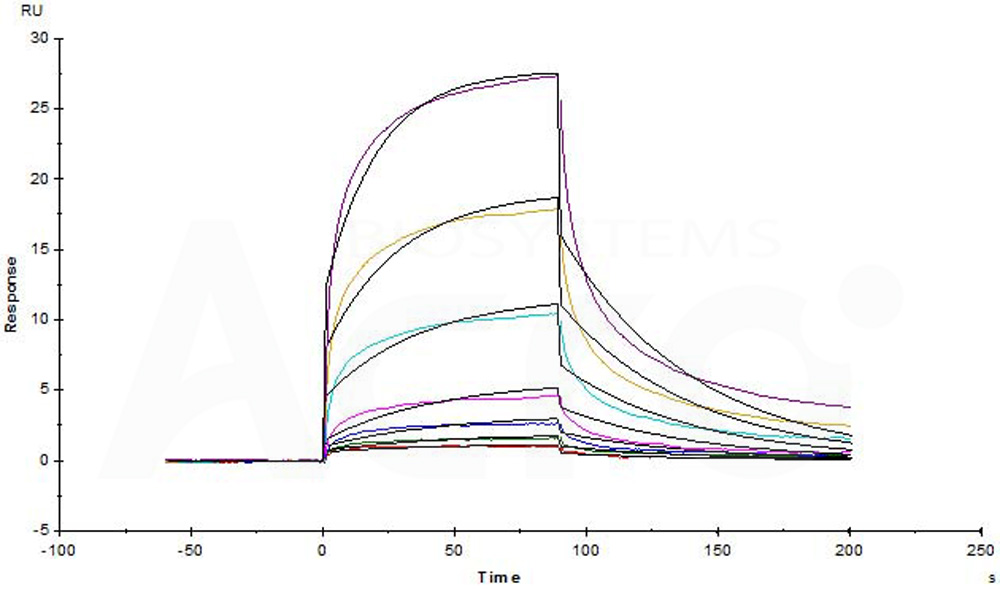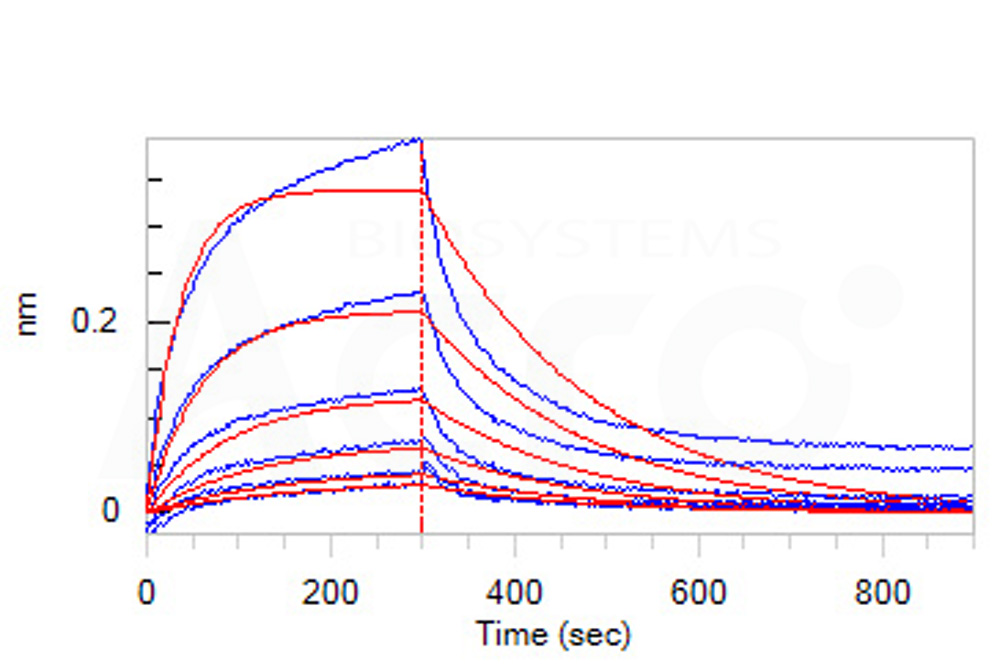Enhanced Protein Separation Performance of Cellulose Acetate Membranes Modified with Covalent Organic FrameworksShao, Liu, Tao
et alMembranes (Basel) (2025) 15 (3)
Abstract: As a porous crystalline material, covalent organic frameworks (COFs) have attracted significant attention due to their extraordinary features, such as an ordered pore structure and excellent stability. Synthesized through the aldehyde amine condensation reaction, TpPa-1 COFs (Triformylphloroglucinol-p-Phenylenediamine-1 COFs) were blended with cellulose acetate (CA) to form a casting solution. The TpPa-1 COF/CA ultrafiltration membrane was then prepared using the non-solvent-induced phase inversion (NIPS) method. The influence of TpPa-1 COFs content on the hydrophilicity, stability and filtration performance of the modified membrane was studied. Due to the hydrophilic groups in TpPa-1 COFs and the network structure formed by covalent bonds, the modified CA membranes exhibited higher hydrophilicity and lower protein adsorption compared with the pristine CA membrane. The porous crystalline structure of TpPa-1 COFs increased the water permeation path in the CA membrane, improving the permeability of the modified membrane while maintaining an outstanding bovine serum albumin (BSA) rejection. Furthermore, the addition of TpPa-1 COFs reduced protein adsorption on the CA membrane and overcame the trade-off between permeability and selectivity in CA membrane bioseparation applications. This approach provides a sustainable method for enhancing membrane performance while enhancing the application of membranes in protein purification.
A Portable Smartphone-Based 3D-Printed Biosensing Platform for Kidney Function Biomarker QuantificationPalekar, Kalambe, Kalambe
et alBiosensors (Basel) (2025) 15 (3)
Abstract: Detecting kidney function biomarkers is critical for the early diagnosis of kidney diseases and monitoring treatment efficacy. In this work, a portable, 3D-printed colorimetric sensor platform was developed to detect key kidney biomarkers: uric acid, creatinine, and albumin. The platform features a 3D-printed enclosure with integrated diffused LED lighting to ensure a controlled environment for image acquisition. A disposable 3D-printed flow cell holds samples, ensuring precision and minimizing contamination. The sensor relies on colorimetric analysis, where a reagent reacts with blood serum to produce a color shift proportional to the biomarker concentration. Using a smartphone, the color change is captured, and RGB values are normalized to calculate concentrations based on the Beer-Lambert Law. The system adapts to variations in smartphones, reagent brands, and lighting conditions through an adaptive calibration algorithm, ensuring flexibility and accuracy. The sensor demonstrated good linear detection ranges for uric acid (1-30 mg/dL), creatinine (0.1-20 mg/dL), and albumin (0.1-8 g/dL), with detection limits of 1.15 mg/dL, 0.15 mg/dL, and 0.11 g/dL, respectively. These results correlated well with commercial biochemistry analyzers. Additionally, an Android application was developed to handle image processing and database management, providing a user-friendly interface for real-time blood analysis. This portable, cost-effective platform shows significant potential for point-of-care diagnostics and remote health monitoring.
An Antimicrobial and Antifibrotic Coating for Implantable BiosensorsWareham-Mathiassen, Jolly, Radha Shanmugam
et alBiosensors (Basel) (2025) 15 (3)
Abstract: Biofouling and foreign body responses have deleterious effects on the functionality and longevity of implantable biosensors, seriously impeding their implementation for long-term monitoring. Here, we describe a nanocomposite coating composed of a cross-linked lattice of bovine serum albumin and pentaamine-functionalized reduced graphene that is covalently coupled to antibody ligands for analyte detection as well as antibiotic drugs (gentamicin or ceftriaxone), which actively combats biofouling while retaining high electroconductivity and excellent electrochemical immunosensor behavior. Sensors overlaid with this coating inhibit the proliferation of Pseudomonas aeruginosa bacteria and adhesion of primary human fibroblasts while not having any significant effects on fibroblast viability or on the immune function of primary human monocytes. Under these conditions, the sensor maintains its electrochemical stability for at least 3 weeks after exposure to soluble proteins that interfere with the activity of uncoated sensors. Proof-of-concept for the coating's applicability is demonstrated by integrating the antimicrobial coating within an immunosensor and demonstrating the detection of cytokines in both culture medium and complex human plasma. This new coating technology holds the potential to substantially increase the lifespan of implanted biosensors and widen their application areas, potentially enabling continuous monitoring of analytes in complex biofluids for weeks in vivo.
The Severity of Carotid Calcifications, but Not Fibroblast Growth Factor 23, Is Associated with Mortality in Hemodialysis: A Single Center ExperienceMoldovan
Diseases (2025) 13 (3)
Abstract: The study goal was to assess the mortality effect of carotid vascular calcifications (VC), of fibroblast growth factor 23 (FGF-23), mineral markers, and comorbidities in hemodialysis (HD) patients.The influence of carotid VC severity, FGF-23, laboratory markers, clinical features, and comorbidities on mortality was analyzed in a cohort of 88 HD patients. The follow-up period lasted 8 years. The cut-off value for carotid VC was 4 for all-cause and cardiovascular mortality.Carotid VC, diabetes, low serum albumin, high serum C-reactive protein (CRP), and the presence of cardiovascular diseases are associated with all-cause and cardiovascular mortality. Carotid VC score over 4 was an independent predictor of all-cause and cardiovascular mortality, along with diabetes, low albumin, and high CRP. FGF-23 was not found to be predictable for the study outcomes.The study documented in a cohort of patients prevalent in chronic HD that carotid VC predicts all-cause and cardiovascular mortality at 8 years and improves risk stratification, but FGF-23 is not associated with mortality. Other risk factors for all-cause and cardiovascular mortality were diabetes, inflammation, and malnutrition. However, future efforts are needed to assess whether a risk-based approach, including VC screening, improves survival.





 +添加评论
+添加评论























































 膜杰作
膜杰作 Star Staining
Star Staining















